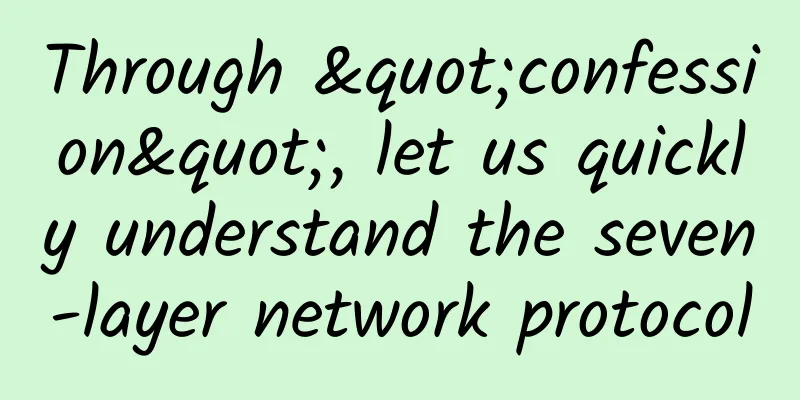PoE, PoE+, PoE++ switches: How to choose?

|
PoE (or Power over Ethernet) is a proven time-saving and money-saving technology that safely transmits data and power for a local area network (LAN) over the same Ethernet cable. In the current market, if you look at the types of Power over Ethernet switches, you will find PoE switches, PoE+ switches, and PoE++ switches. But how much do you know about these three types of PoE switches? What are the differences between PoE, PoE+, and PoE++? And how can you make the right choice among them? What is PoE and PoE switches?What is PoE? PoE technology was defined by the IEEE 802.3af standard in 2003. According to the standard, PoE allows a PD (Powered Device) such as a VoIP phone to receive up to 12.95W of PoE power, utilizing only two of the four twisted pairs available in Ethernet cabling. So what is a PoE switch? A PoE switch is an application of PoE technology. As a type of PSE (power supply equipment), a PoE switch can power PD devices through Ethernet cables to achieve network interconnection. Generally speaking, an 802.3af switch supports a maximum power consumption of 15.4W per PoE port and a voltage range of 44V to 57V. The voltage range of a PD connected to a PoE switch is 37V to 57V. What is PoE+ and PoE+ switches?PoE+ technology (IEEE 802.3at standard) is an upgraded version of PoE technology and was released in 2009. PDs on the market often require higher wattages, for example, wireless access points require more than 12.95W of PoE wattage to work properly. To solve this problem, PoE+ technology came into being, which can support high power consumption. Like a PoE network switch, a PoE plus switch also delivers power over two pairs, but it adds an extra power level capable of delivering up to 25.5W to PDs with voltages ranging from 42.5V to 57V. A PoE+ switch delivers a maximum of 30W per port with voltages ranging from 50V to 57V. What is PoE++ and PoE++ switches?In order to provide more power for a wider range of device applications, the IEEE 802.3 standard once again required the upgrade of its PoE+ technology to PoE++ (IEEE 802.3bt standard) in 2018. PoE++ can be divided into two types: Type 3 and Type 4. Type 3 enables two or all four twisted pairs in the copper cable to provide up to 51W of power to the PD. Type 4 provides up to 71W of power to the PD through four twisted pairs in the Ethernet cable. PoE++ network switches are the next generation of PoE+ technology. PoE++ switches support up to 60W per port at Type 3 and provide the highest level of power for Power over Ethernet switches - up to 100W per PoE port at Type 4. PoE, PoE+ and PoE++ switches: Which one should you choose?Since the selection of PoE switches needs to be based on different requirements, this section provides the best selection information for four types of Ethernet power supply switches from two aspects: specifications and applications. Specifications of PoE, PoE+, PoE++ switchesBased on the above introduction, a reference chart is given below, summarizing the detailed specifications of PoE, PoE+, and PoE++ switches.
Note: The figures provided are only theoretical values, and the total power capacity of the PoE series switch in the application will be oversubscribed, and many devices will use less than the maximum power of the port. For example, if your switch is equipped with all PoE++ Type 4 ports, it does not mean that you will use all these ports at 24×7 maximum load. Therefore, you need to calculate the power requirements of all powered devices planned to be connected to the switch and select the corresponding jumpers for your PoE design. Application of PoE, PoE+ and PoE++ switchesObviously, the main difference between PoE and PoE+ and PoE++ switches is their operating mode and power supply, which is reflected in their applications. (1) PoE switch 802.3af switches, also known as PoE switches, are typically used to support devices with a power output of less than 15.4W:
(2) PoE+ switch A PoE+ switch with an output power of 30W can power Type 2 devices such as:
(3) PoE++ switch PoE++ Type 3 switches provide up to 60W of power to power the following devices:
PoE++ Type 4 switches can support devices such as laptops and TVs. If the low standard power level is sufficient for your data center's needs, a PoE switch is a good choice. Otherwise, when a more powerful and high-performance network with multiple different devices is needed, a PoE+ or PoE++ switch is better without considering port limitations. They are also a wise choice for building a more demanding infrastructure and upgrading planning. Of course, you can keep the existing PoE network design if it is sufficient and meets your needs. FS PoE++ SwitchThe main features of the three FS PoE++ switches are as follows:
in conclusionThe growing demand for power has led to the development of PoE technology from PoE to PoE+ and PoE++. PoE-based switches have also been upgraded from PoE network switches to PoE+ switches and PoE++ switches. This article explains the differences and applications between PoE, PoE+ and PoE++ switches. I hope this article can give you some inspiration on choosing the right PoE network switch. | ||||||||||||||||||||||||||||||||||||||||||||||||||||||||||||||||||||||||||||||||||||
<<: A Brief Discussion on WebSocket Protocol-RFC 6455
>>: Implementing a REST API server with caching in Go
Recommend
It turns out that the HTTP protocol is so simple! Understand HttpServletRequest in one article
1. Introduction to HttpServletRequest The HttpSer...
German media: Shenzhen has more 5G base stations than the whole of Europe
The article "Why Shenzhen has more 5G base s...
Building a strong network nation, Inspur Cisco network helps government information construction
At the "Joining Inspur's Thinking and In...
It is an inevitable trend to open up the 6GHz spectrum to 5G in the future
At the 7th Asia-Pacific Spectrum Management Confe...
Regarding the ocean, we actually have a choice...
There are ten thousand ways for us to live in pea...
Is the expansion speed of WiFi 6 really much faster than 5G?
In daily life, we may encounter the following sit...
HostTheBest: $2.5/month KVM-quad-core/1GB/30G SSD/1Gbps unlimited traffic/Los Angeles data center
HostTheBest's website about page introduces t...
Which unlimited package of the three major operators is more cost-effective? Detailed comparison
Starting from July 1 this year, China Mobile, Chi...
my country's broadband users reach 510 million: 100M rate reaches 91.5% and Gigabit users exceed 14 million
[[419885]] What's the bandwidth of your home ...
I2C case using SHT3x-DIS temperature and humidity sensor
To learn more about open source, please visit: ...
Let you know the more common Wi-Fi standards and types
Wi-Fi is an all-encompassing word. In a sense, it...
A quick overview of 5G industry developments in March 2021
After the rapid development in 2020, 2021 is a cr...
Diagram: 5G millimeter wave peak rate calculation
[[390044]] This article is reprinted from the WeC...
Energy-saving building 5G solutions are the key to green buildings
Building equipment suppliers are prioritizing gre...
Interrupt or poll? It's so troublesome to get a data packet!
New employees in the network department My name i...









